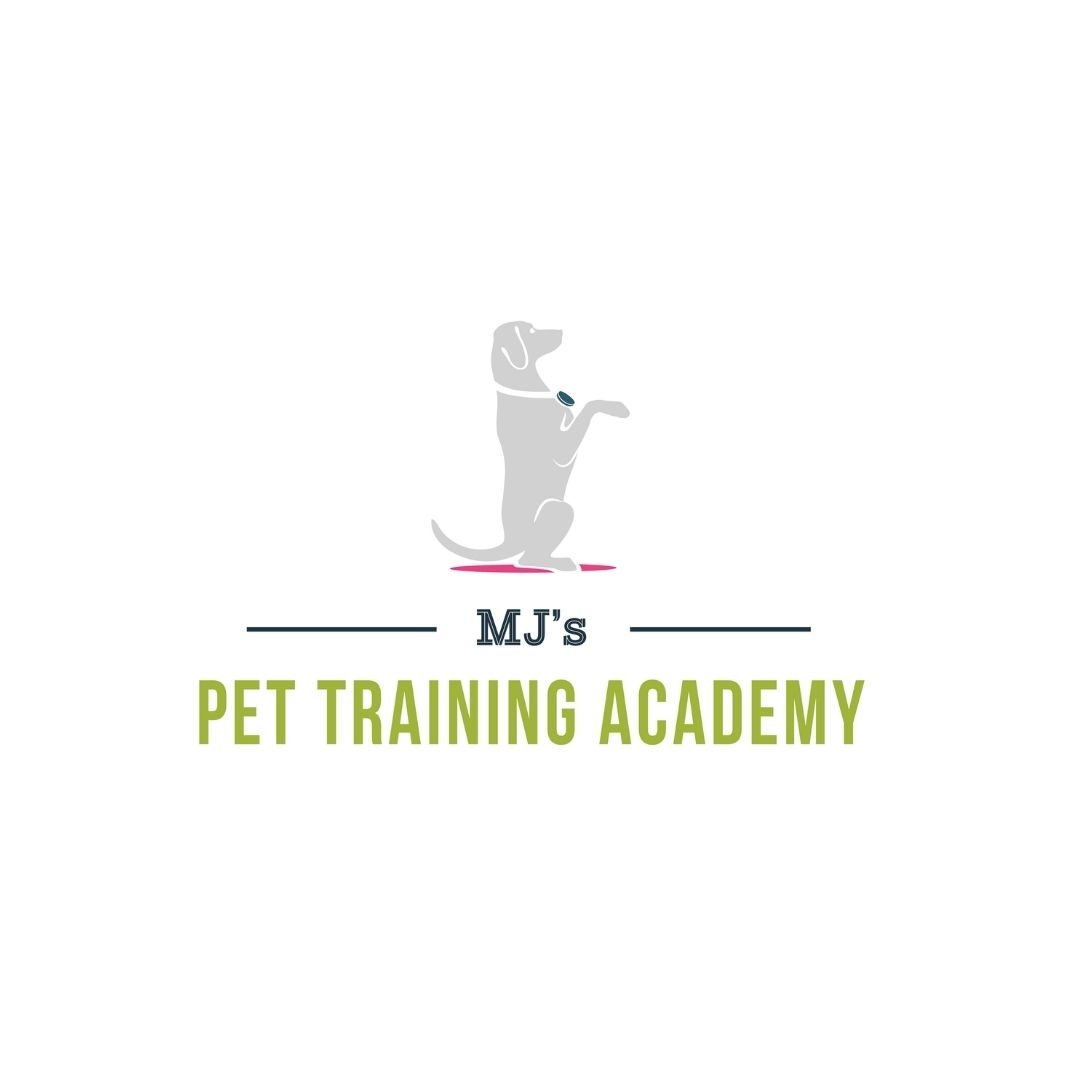My Favorite Way to Potty Train Puppies
If you want to speed up the potty training process, one of my favorite techniques is setting up a designated potty area outside, rather than giving your puppy full access to the yard. While I’ve talked about this on the blog before, it’s such a valuable tip that I wanted to share it again in more detail.
Puppy potty training can be frustrating. Doesn’t it seem like just when your puppy is on the right track, an accident happens? Puppies don’t have accidents on purpose. Even after a few successful days, many things can throw off a pup’s potty routine. Eating too many treats or too much food, having an overly active day, or changes in the daily schedule can all set things back.
Young puppies are especially challenging. Not only are they learning the rules of the house, but they also can’t wait very long between potty breaks. They tend to get into everything outside, picking things up, chewing their leash, or rolling in the grass with the leash still in their mouth. Off-leash time doesn’t always make things easier, since you might end up spending more time removing things from your pup’s mouth than actually focusing on potty training.
Successful potty training means giving your puppy frequent opportunities, which is likely more than you think. Patience is essential. Prevent accidents by supervising your puppy indoors, and when your puppy does the right thing outside, always reward them. This could be a treat, praise, or even a bit of outdoor playtime.
Most new puppies lack experience on a leash when they first come home. Trying to get a leash on a wiggly pup so you can rush them outside for a potty break can be a challenge. If you have a fenced yard, you can skip the leash, but giving full yard access can be too much, too soon.
That’s why I’ve had so much success with using an exercise pen for potty training. The idea is to set up a smaller potty area just for that purpose. You won’t leave your pup alone in it, but you can take the leash off and keep your puppy in a more controlled space, preventing distractions and reducing the chance of them picking up everything they see.
The pen should be secure. Some are easy to climb or knock over, so make sure you’re always with your puppy and that escape isn’t possible. Ideally, the pen is set up inside a fenced yard. Remove sticks, rocks, and other distractions. In colder months, a layer of straw can make the area more comfortable.
Take your puppy to this pen every time it’s potty time. When your pup goes, reward with a treat (even just a piece of kibble) and praise, then take your pup out of the pen for playtime in the yard. This teaches your puppy that potty time doesn’t mean the fun of being outside is over. Of course, the extra play is only for dog-friendly weather days.
Since the yard can be full of distractions, this routine ensures the potty business gets done first. The pen gives your puppy a clear reminder of what’s expected. Once they understand how to ask to go outside, like running to the door, you can phase out the pen.
Puppies are a lot of work, but there are so many ways to make raising them less stressful and more fun. This technique may not be suitable for everyone, but it’s worth considering, sharing with a friend, or trying yourself if you have a new puppy at home.
